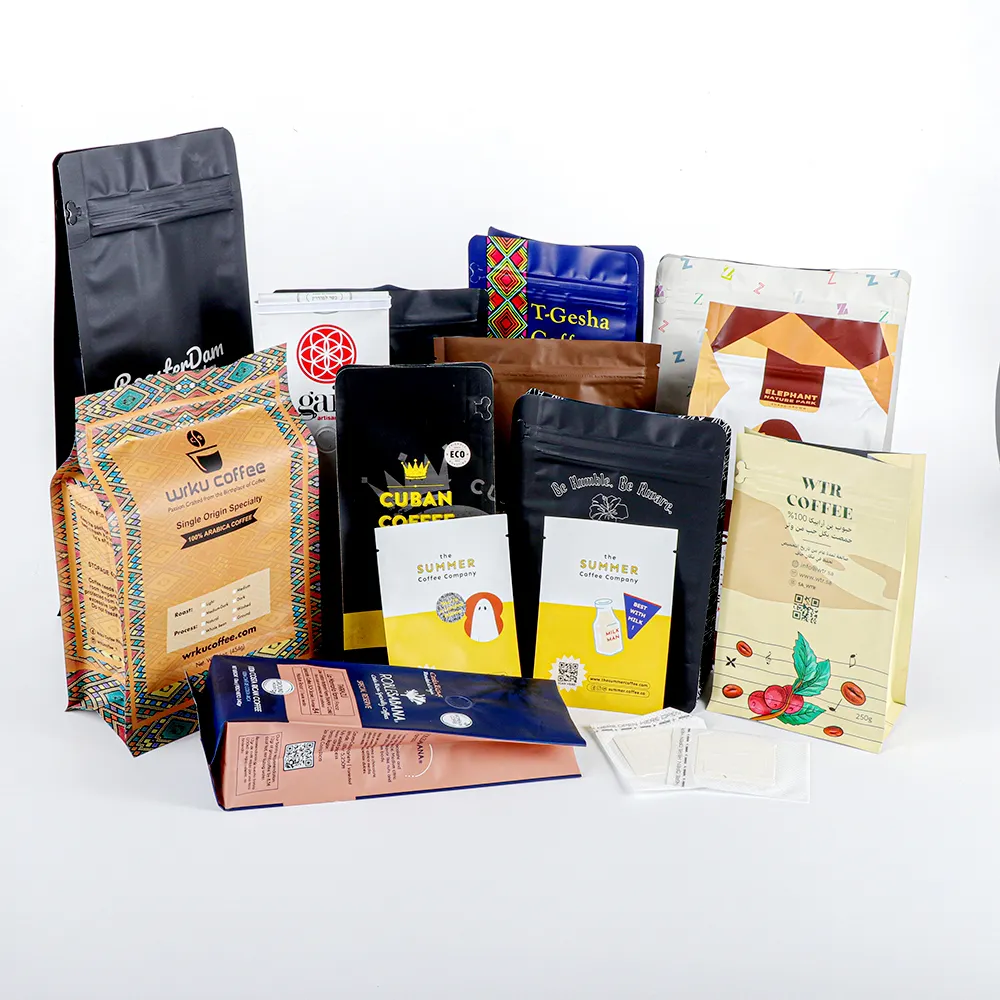In today’s eco-conscious world, sustainable packaging is no longer just a trend but a necessity. As brands and consumers alike prioritize environmental impact, sustainable product packaging solutions have emerged as critical to reducing waste, conserving resources, and ensuring long-term brand viability. Whether you’re a small business or a large corporation, adopting eco-friendly packaging solutions offers numerous benefits for both the environment and your brand.

What Is Sustainable Packaging?
Sustainable packaging refers to the use of materials and design strategies that minimize environmental impact. This can include packaging made from recycled, recyclable, or biodegradable materials, as well as innovations that reduce resource consumption during production. The goal is to create packaging that is as efficient and eco-friendly as possible, while still protecting the product and delivering an appealing presentation to consumers.
Why Is Sustainable Packaging Important?
Sustainability in packaging matters for several reasons:
- Environmental Responsibility: Single-use plastics and excessive packaging contribute significantly to landfills and ocean pollution. By choosing sustainable alternatives, companies can reduce their carbon footprint and mitigate the negative environmental effects of traditional packaging materials.
- Consumer Demand: Today’s consumers are increasingly conscious of the environmental impact of their purchases. According to research, a growing number of shoppers prefer brands that demonstrate a commitment to sustainability, even if it means paying a premium. Offering eco-friendly packaging can therefore enhance your brand’s appeal to this important market segment.
- Regulatory Compliance: Governments around the world are imposing stricter regulations on waste, recycling, and plastic use. Staying ahead of these regulations by adopting sustainable packaging practices can help companies avoid penalties and demonstrate corporate responsibility.
Types of Sustainable Packaging Materials
There are several types of materials used in sustainable packaging. Here are a few common options:
- Recycled Materials: Packaging made from post-consumer recycled content (PCR) reduces the need for virgin materials, conserving resources and energy. This type of packaging can be used for a wide variety of products, from food items to personal care products.
- Biodegradable Materials: Biodegradable packaging breaks down naturally over time, reducing waste and pollution. This is especially important for industries like food and beverage, where compostable packaging options can replace single-use plastics.
- Plant-Based Plastics: Made from renewable resources like corn starch, plant-based plastics offer a greener alternative to traditional petroleum-based plastics. These materials are suitable for various types of packaging, including bottles, containers, and bags.
- Lightweight Materials: Reducing the weight of packaging materials, known as “lightweighting,” can lower the energy required for transportation and storage, contributing to overall sustainability.
Benefits of Sustainable Packaging Solutions
Implementing sustainable packaging practices offers several tangible benefits:
- Cost Savings: While eco-friendly packaging materials may have higher upfront costs, long-term savings can be achieved through reduced waste and energy use. Lightweight materials, for instance, lower shipping costs, while recycling initiatives can minimize the need for new raw materials.
- Enhanced Brand Image: Adopting sustainable packaging communicates your company’s commitment to environmental stewardship. This can enhance your reputation, attract environmentally conscious customers, and set you apart from competitors.
- Long-Term Viability: As natural resources become scarcer, sustainable packaging will be essential for long-term business success. Investing in sustainable solutions now helps future-proof your business against potential resource shortages and regulatory changes.
How to Implement Sustainable Packaging for Your Brand
Transitioning to sustainable packaging doesn’t have to be overwhelming. Start by evaluating your current packaging practices and identifying areas where eco-friendly alternatives can be introduced. Work with packaging suppliers that offer sustainable solutions, and consider custom designs that align with your brand’s sustainability goals.
For example, you might switch to recyclable materials for your packaging, reduce the amount of material used, or adopt reusable packaging solutions. Brands can also invest in biodegradable or compostable options for products that require single-use packaging.
Conclusion: Choosing the Right Sustainable Packaging Solutions
At Colorful Packaging, we specialize in providing custom, eco-friendly packaging solutions tailored to your brand’s needs. Whether you’re looking for recyclable materials, compostable options, or lightweight designs, we offer a wide range of sustainable packaging formats to help your brand meet its sustainability goals. Our team is committed to delivering high-quality, environmentally responsible packaging that enhances your product’s appeal while minimizing its environmental footprint.
